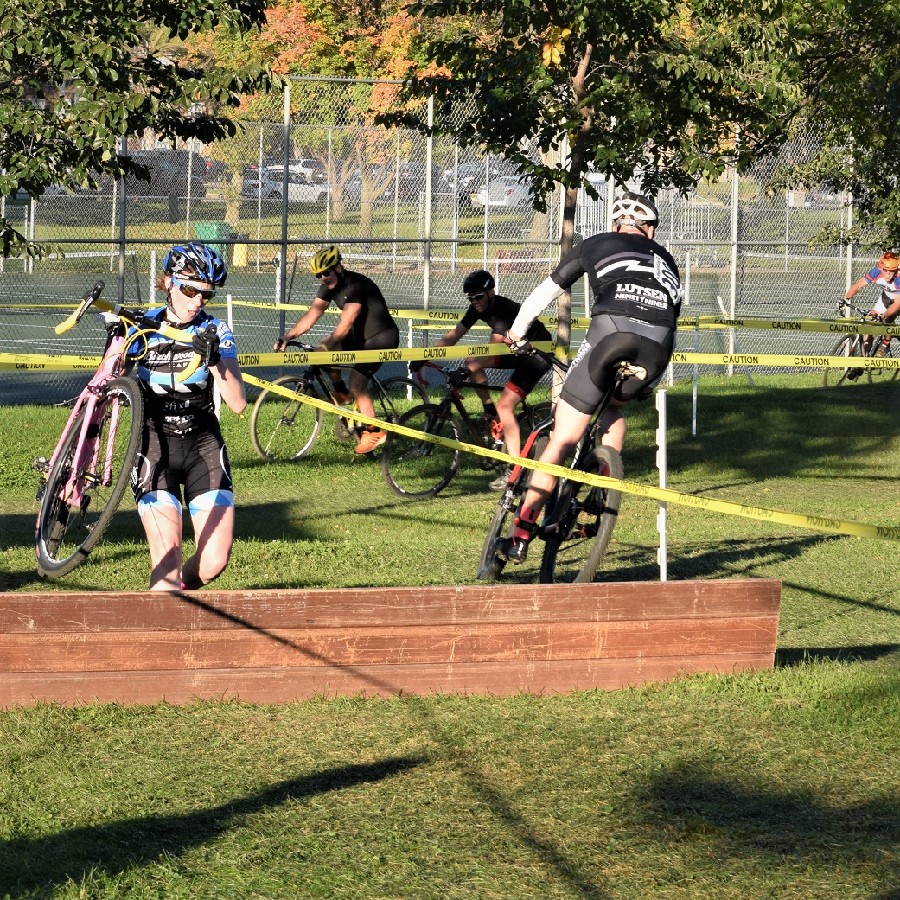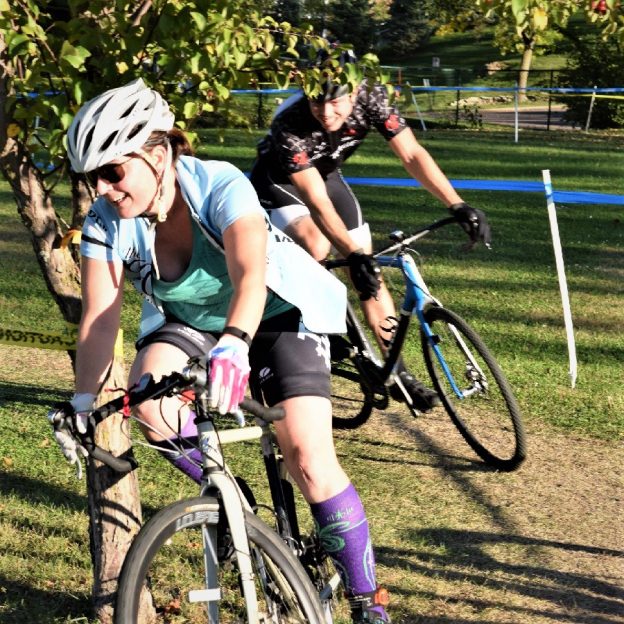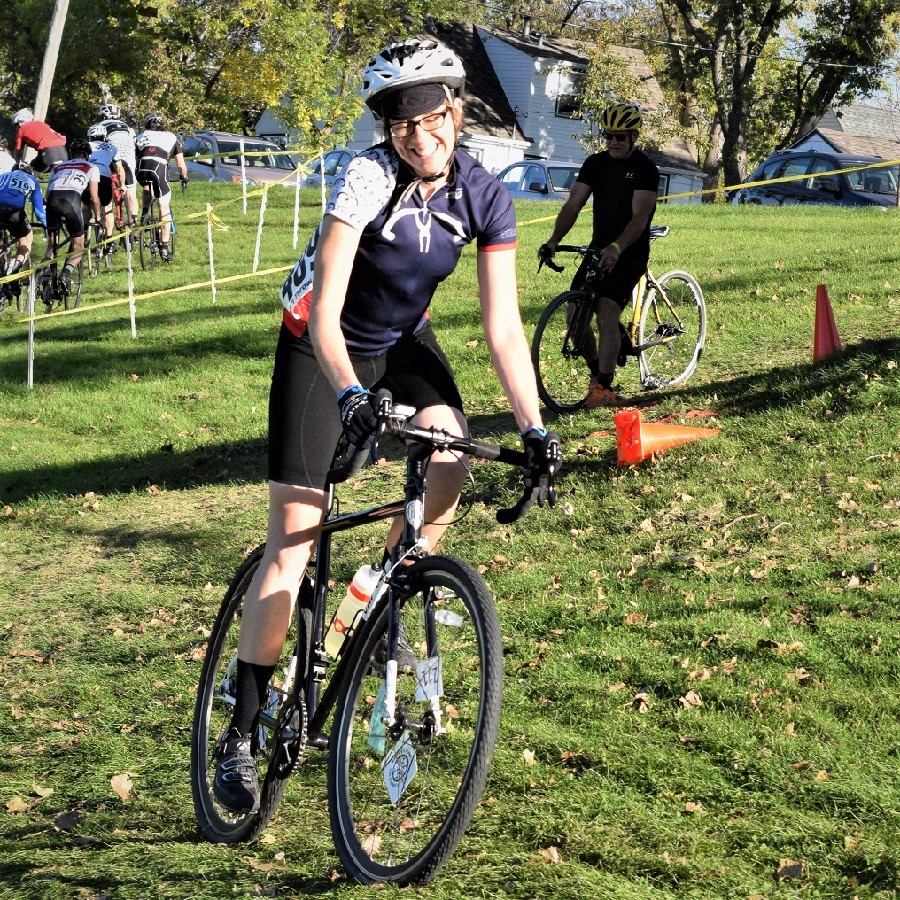If you like the idea of taking your road bike, or a slight version of it, off the pavement and into a designated park area, cycle-cross may be for you. Also called CX, cyclo-X, or just ‘cross’ the actual name is cyclocross and is a form of bicycle racing is known worldwide. Cyclo-cross has parallels with mountain bike racing, cross-country cycling, and criterium racing. The CX course is normally set up temporarily in a city park.
Marked by plastic tape that goes up, over, and around rolling, grassy and forested terrain. If you want to try cyclocross most states welcome amateurs to come out and try. If nothing else it’s a fun spectator sport the whole family will enjoy.
The right cycle-cross bike for you
Cyclocross bicycles are similar to road racing bicycles. They are lightweight, with somewhat narrow tires and drop handlebars. However, if you are just starting out, a mountain bike or road bike with a few modifications will do. Stop by your local bike shop and they can assist you in preparation so you can try this exciting sport.
Looking closer at the CX bike there are greater tire clearances, lower gearing, stronger frames, disc brakes, and a more upright riding position than standard bikes. They also share characteristics with mountain bicycles in that they use knobby tread tires for traction. The main reason for being lightweight, ‘cross riders need to occasionally carry their bicycle over barriers.
The ideal terrain for a CX course

The ideal course offers many twists and turn, some short uphill and downhill jaunts along with a few well-placed barriers.
A cycle-cross race consists of many laps on a short (2.5–3.5 km or 1.5–2 miles) course. The race route is usually on the grass and can incorporate pavement, wooded trails. Obstacles along the way can include steps, steep hills, and other barriers requiring the rider to bunny hop or quickly dismount, carry the bike while navigating the obstruction, and remount. As a result, cyclocross is also known as the “steeplechase of cycling.” The sight of racers struggling up a muddy slope with bicycles on their shoulders is the classic image of the sport. Normally there are only a few un-rideable sections of the racecourse. For a spectator, they make a great place to stand on the sidelines and cheer.
Cycle-cross racing tactics
Compared with other forms of racing, cyclocross tactics are fairly straightforward and the emphasis is on the rider’s aerobic endurance and bike-handling ability. Although cyclocross courses are less technical than mountain biking, obstacles can require a specific technical ability of a rider.
For example, rider experience and technique come into play on course sections that are extremely muddy, wet, or even snow. Normally too extreme to be ridden on a standard road bike tire, the challenge in cyclocross lies in maintaining traction in loose or slippery terrain at fast speeds. The power of the rider is generally higher over the duration of the race to overcome greater amounts of rolling resistance from loose dirt or grass.
Overcoming the cycle-cross barriers
Although getting off and on a bike sounds simple, doing so in the middle of a quick-paced race is difficult. Often, when sections become extremely technical racers will carry the bike and jog for an extended time to save energy. Being able to fluidly dismount, pick up and carry the bike, then put it back down requires practice and skill. In competition, CX riders may do this many times throughout the race.

Here a rider dismounts and jumps over the barrier, then hops back on to resume her position in the race.
Now with the leaves changing colors and cool crisp days of fall are upon us here are some links to the race schedule that welcome new riders – in Iowa, Minnesota, Wisconsin and other states in the U.S. Visit your local bike shop for more information and extend your summer fun with cyclocross.
Remember if it rains you just play harder!




